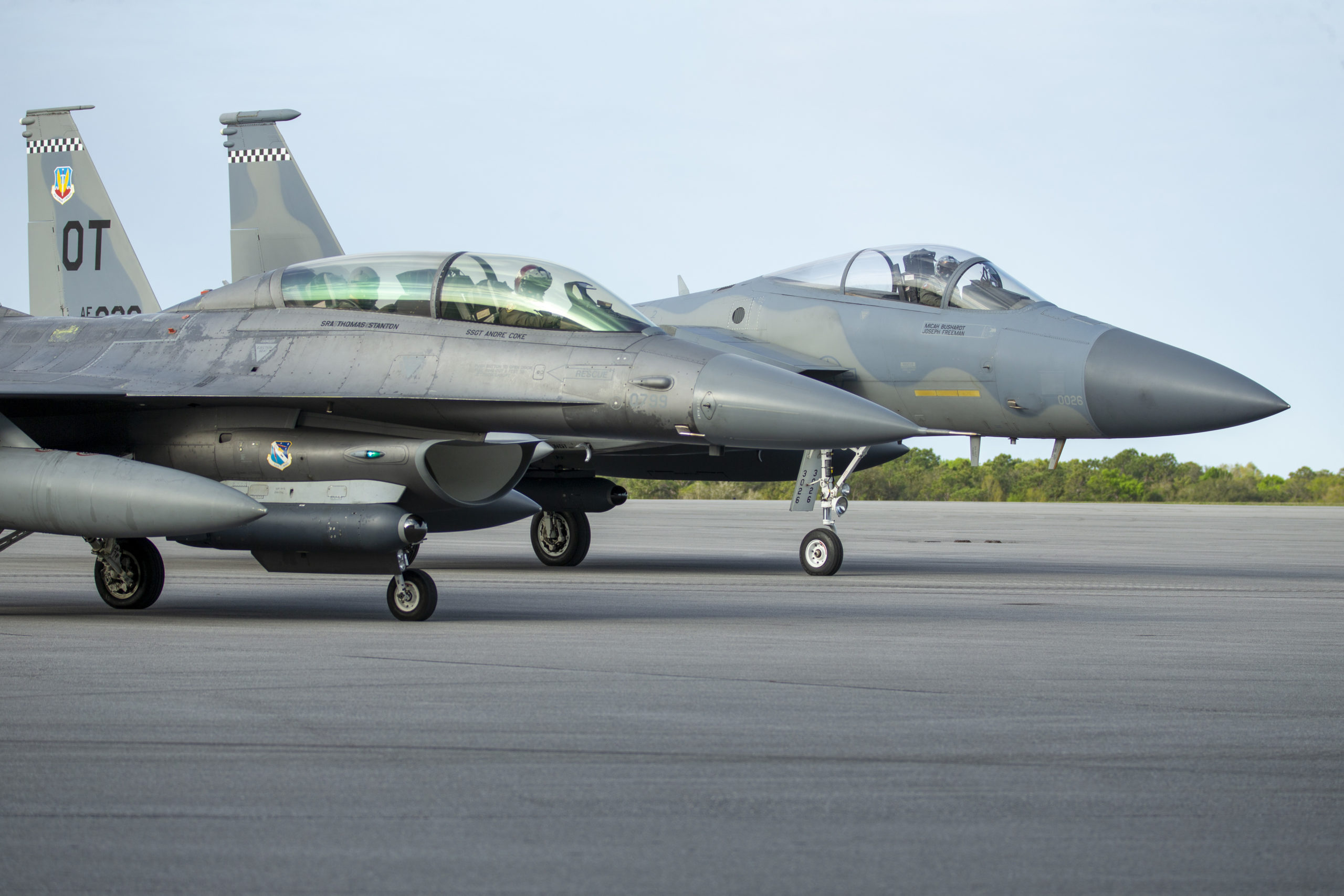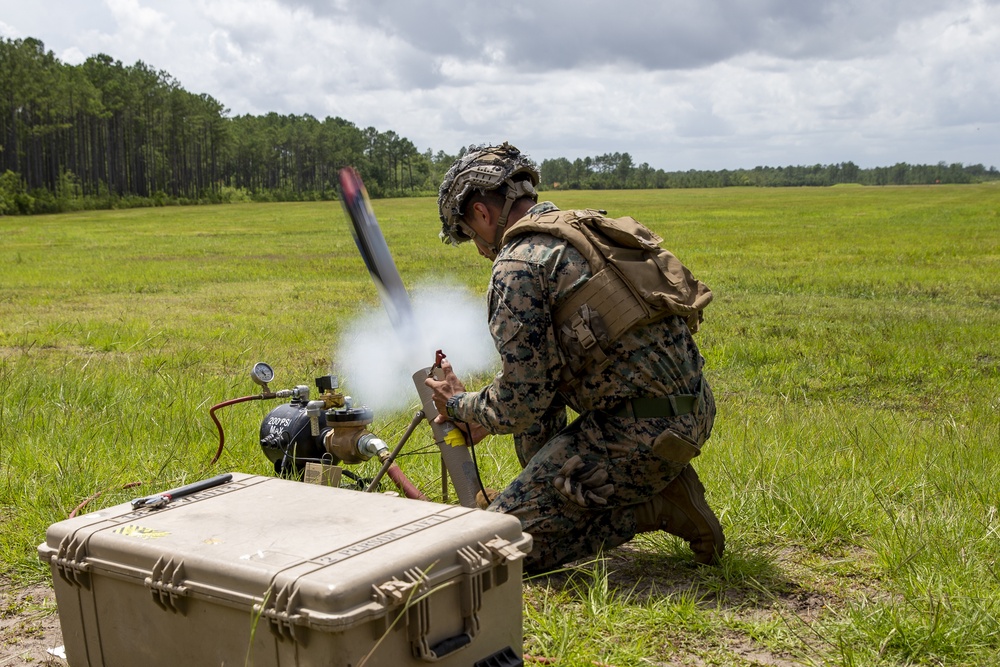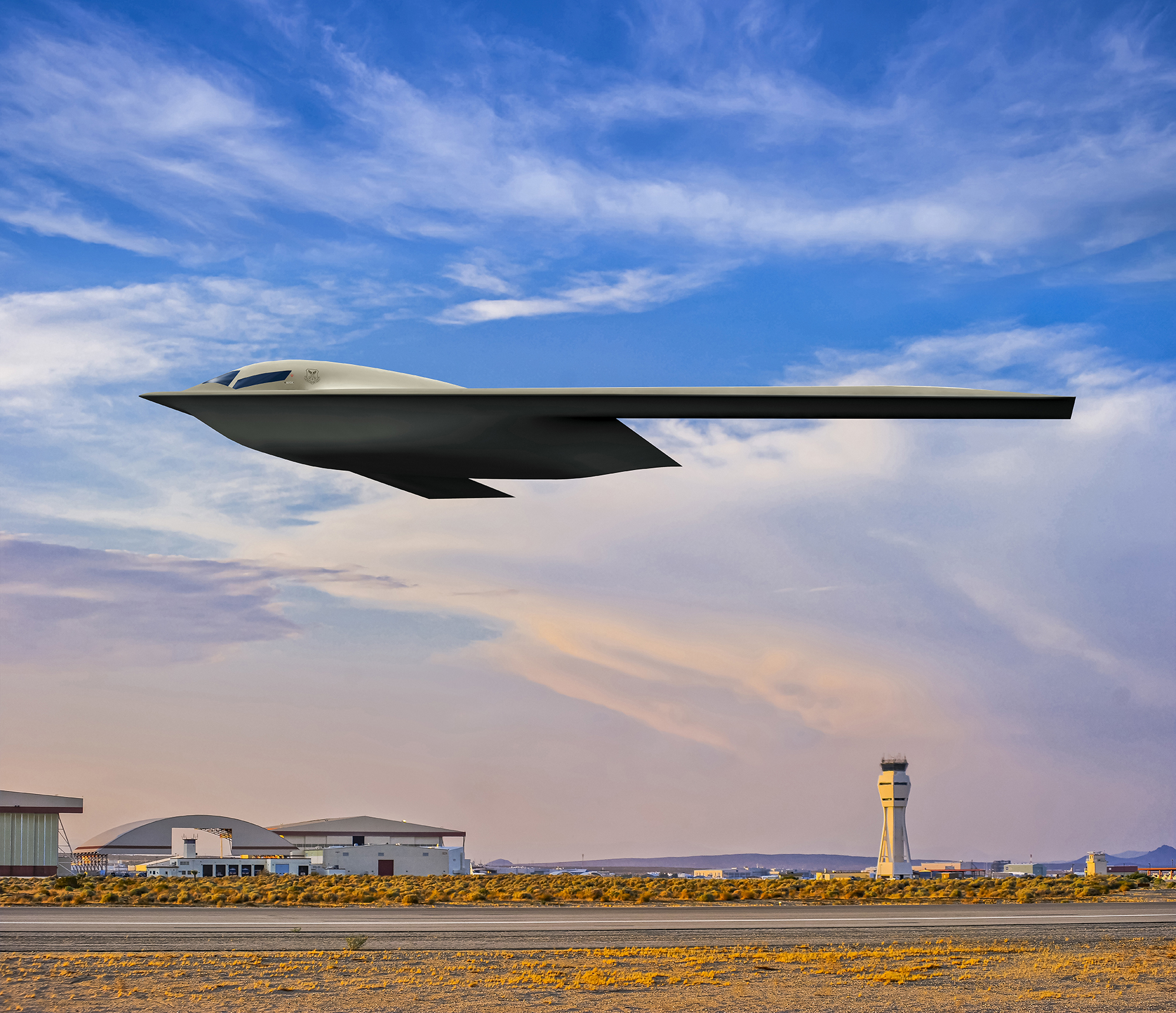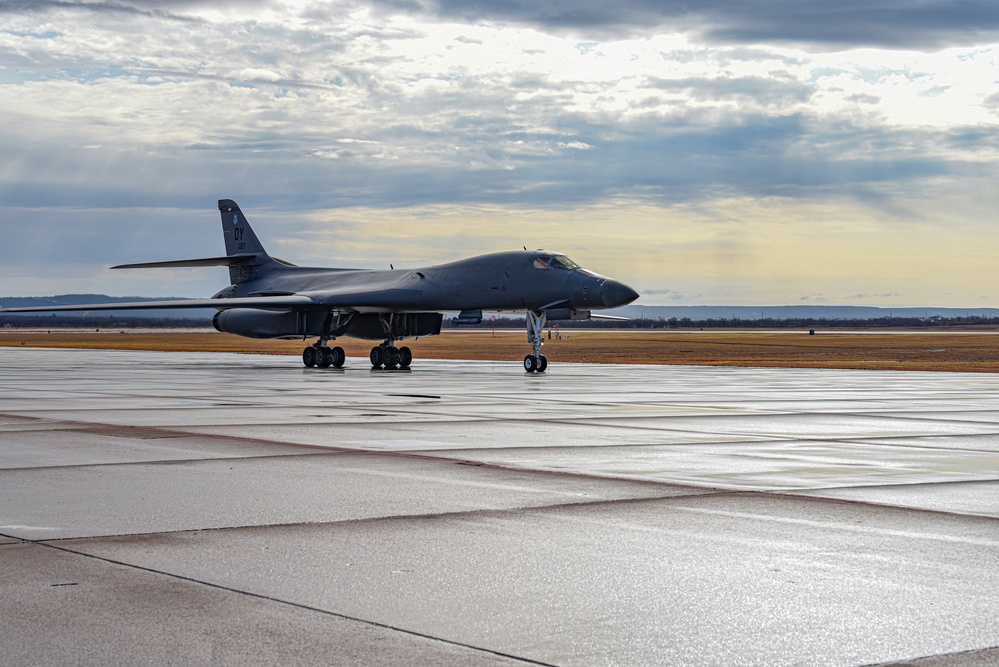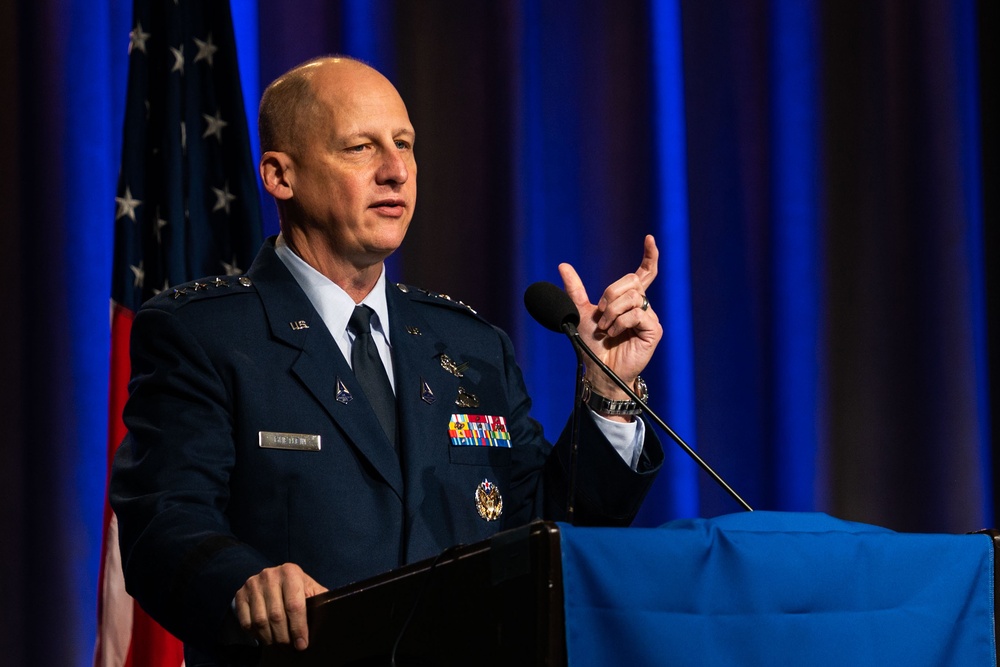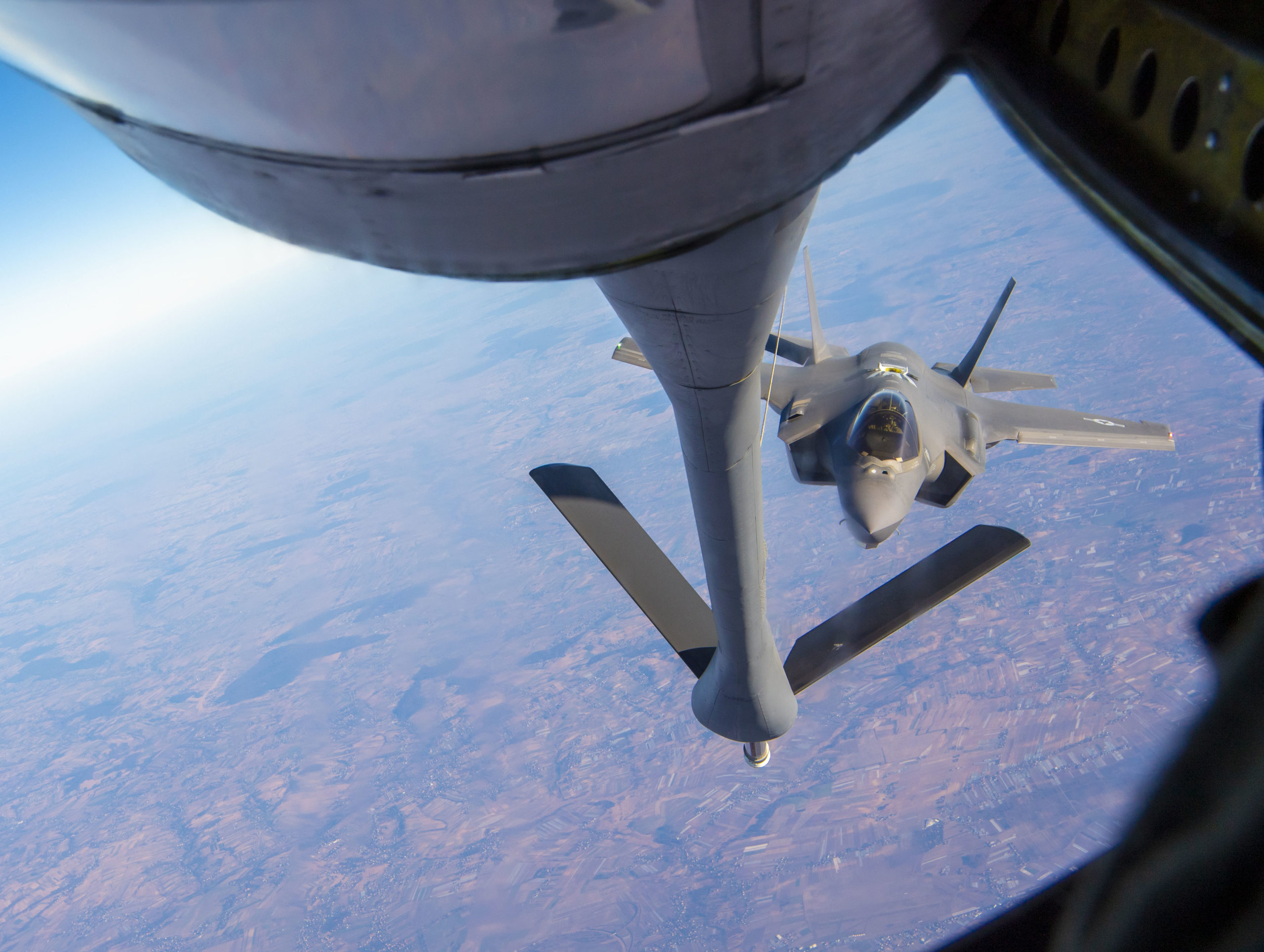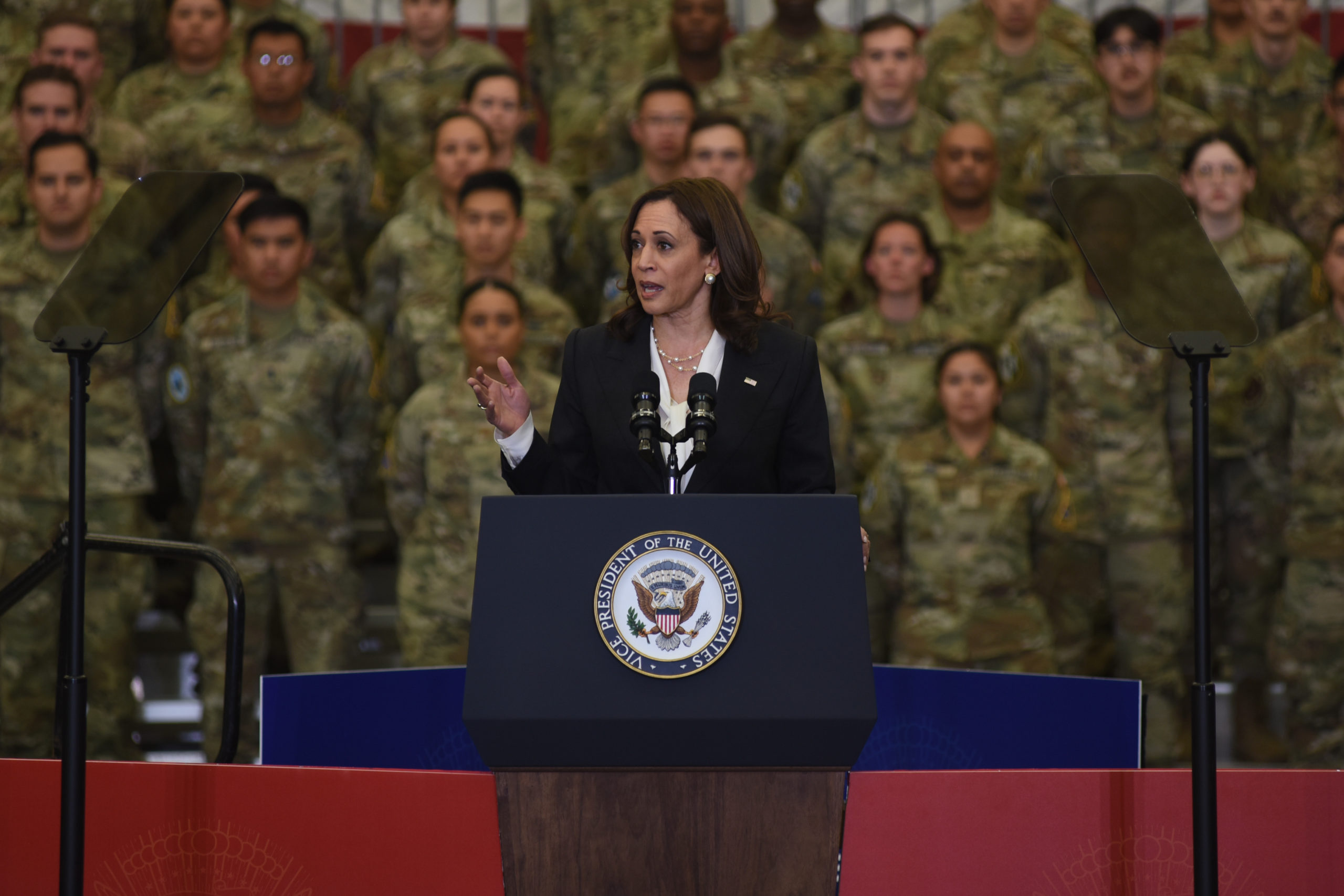The Russian government sanctioned 29 Americans on April 21, including Vice President Kamala Harris, Facebook CEO Mark Zuckerberg, and the dean of AFA’s Mitchell Institute for Aerospace Studies retired Lt. Gen. David A. Deptula.
The official announcement, released in Russian by the Russian Ministry of Foreign Affairs and translated for the Air & Space Forces Association, reads: “In response to the constantly escalating anti-Russian sanctions implemented by the Biden Administration … we have created a stop list of 29 Americans, of which there are senior government representatives, business leaders, experts, and journalists, who together form an anti-Russian cabal.”
Specifically, the sanctions limit the ability of the individuals to travel in Russia and would place any assets held in that country at risk.
“The actions undertaken by [Russian President Vladimir] Putin and his military in Ukraine are beyond despicable … ,” said Deptula. “The community of peace-loving nations need to do everything in their power to support Ukraine in repelling the invading Russian forces, and to stop the atrocities they are committing against innocent men, women, and children.”
Deptula has repeatedly urged the United States to provide more weapons to Ukraine, saying the Biden administration should not be deterred by Putin’s threats.
In a March 22 Mitchell Institute discussion with former NATO Supreme Allied Commander, Europe, retired Air Force Gen. Philip M. Breedlove, both leaders said missteps by the West emboldened Putin ahead of the Feb. 24 invasion of Ukraine, but they emphasized it’s not too late to provide the weapons needed to overcome Russian air power.
The sanctions come as the Biden Administration, also on April 21, pledged another $800 million in aid to Ukraine, including a new drone developed by the U.S. Air Force, vowing to ask Congress for even more funds as fighting continues.

